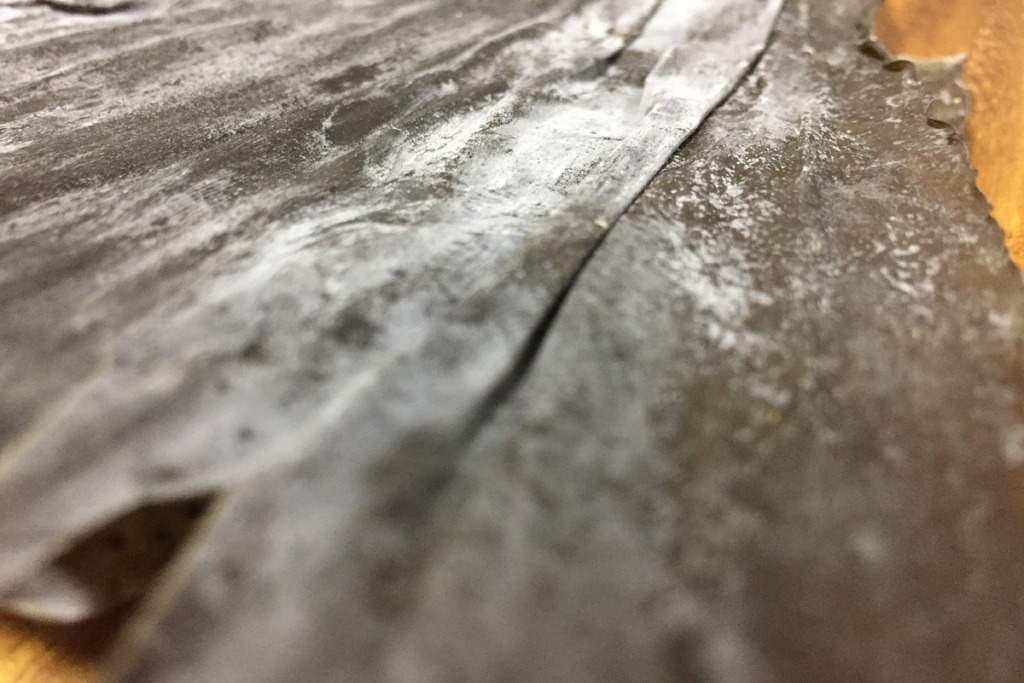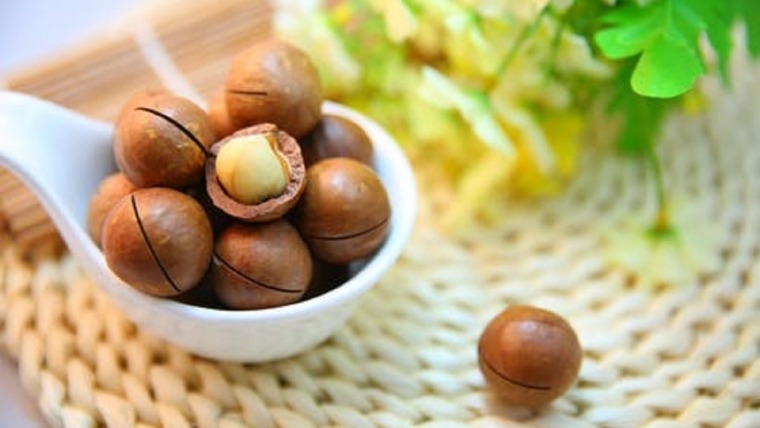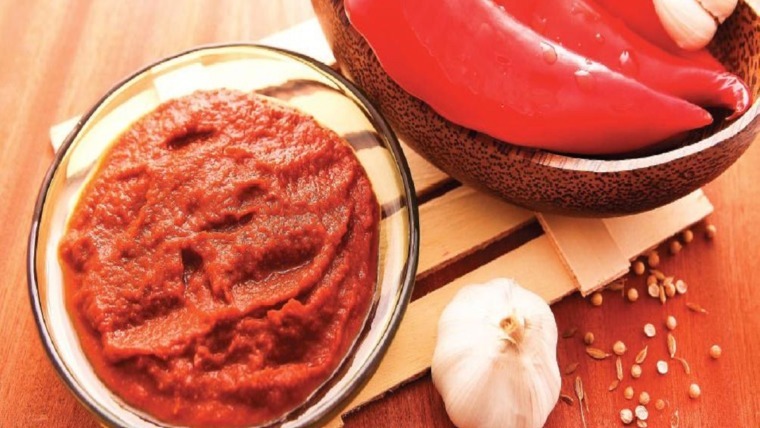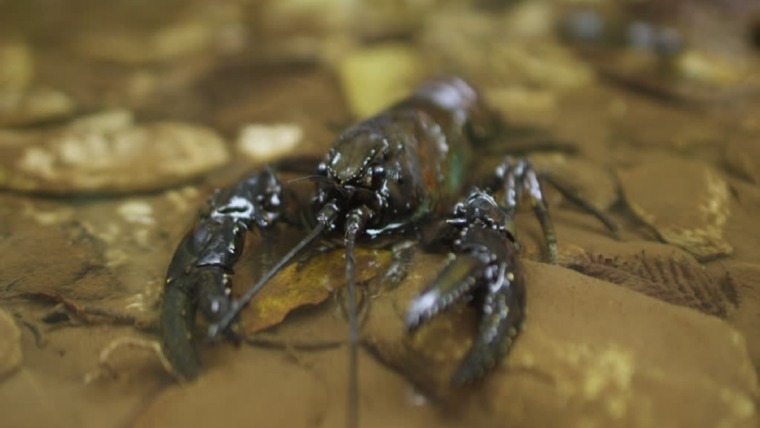
Written by Kevin Kapusi Starow
Kombu is an edible form of kelp, or seaweed, that is eaten widely throughout Asia, called Dasima in Korea, or haidai in China. Actually, many civilizations feature kelp in their diets, including Asian, Greek, and Nordic countries. Though by far the largest consumers are the Japanese who can demonstrate the use of this ingredient in their diets for some 1,500 years.
Kombu is harvested from the colder waters of the ocean, and is usually harvested in winter, with the main portion of the yearly harvest, 90% in Japan coming from the northern island of Hokkaido. This is where the they receive ice drifts from Siberia which is rich in minerals. These feed the seaweed, providing it with its delicious taste.
Kombu contains high levels of glutamic acid (main component of monosodium glutamate), which is helpful as a natural tenderizer of proteins, or more importantly as a flavour enhancer.
You can easily find Kombu in any good Asian grocer, as a dried product, it is inexpensive, and being a staple, it is common. Often the sheets of kombu are covered, entirely or partially in a white powder, this is just the natural salts. Don’t be worried or concerned about these just wipe them off with a damp cloth prior to use.
History - Kombu And You Eat This How?
Mention of Kombu appears in Japanese texts from the Heian period (715 AD). At which time it was treated as a luxury, due mainly in part the efforts required to not only harvest the product, but more importantly transportation from the northern regions of the empire. Kombu was, and is also prized for its taste and chemical properties.
Not only was it used for cooking, kombu also played an integral part in the construction of Japan and the formation of the nation. In particular it was used as a lubricant on the rollers. Placed beneath the huge rocks and stones used in the construction of Japanese castles and fortifications.
Kombu was transported by ship from Hokkaido along the west coast of Japan, to Osaka, down to Okinawa, and over to China, this route was commonly referred to as the Kombu Road.
For Cooking
Kombu is traditionally used to make a stock known as dashi and as a tenderizer for proteins, though as there are several varieties of Kombu commercially available, each with their own use.
Ma – Kombu – is the most popular, using a high quality kombu kelp it is thick and wide. Used to produce a clear broth, it has a sweetness unique to this variety.
Rishiri – Kombu – similar in shape and size to Ma-Kombu this variety is saltier and harder. It is used to make a more robust richer and more savory dashi stock or broth.
Rausu – Kombu – has a more fragrant aroma with softer more tender leaves. It produces a dashi stock that is both rich in flavour and characteristically coloured.
Hidaka – Kombu – this is a variety that can be used both for making dashi stock and for eating. It is a softer Kombu that is easy to boil and delicious to eat.
Hosome – Kombu – Is a thin leaved, slippery variety with distinctive white edges. It is harvested in its first year, usually in the summer months. It is used to make a shaved variety of kombu which is used as an additive in soups and stews.
Naga – Kombu – is a long thin leaved variety, used predominantly in a dish called nimono.
Health Benefits - Kombu And You Eat This How?
Kombu is high in glutamic acid, which is an amino acid responsible for the taste known as umami. It also contains high levels of iodine, an essential mineral for development and growth. It can be dangerous in high doses, effecting the thyroid.
Kombu is high in fiber and contains an unusual variety of enzymes. That have the ability to break down complex sugars that are normally indigestible in the human gut.



